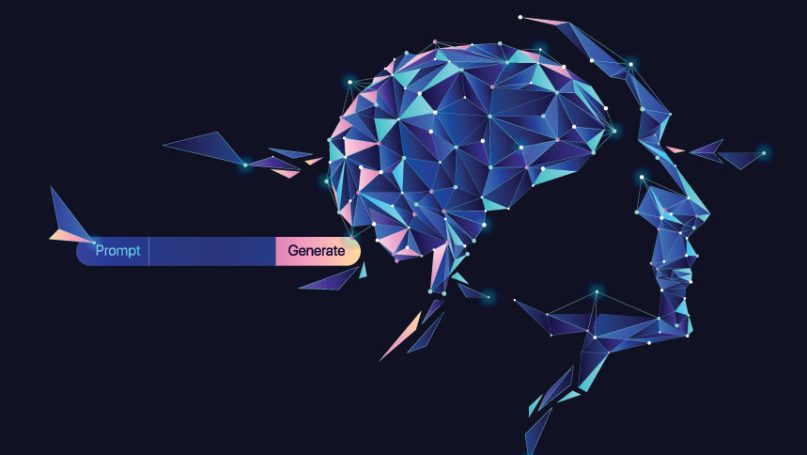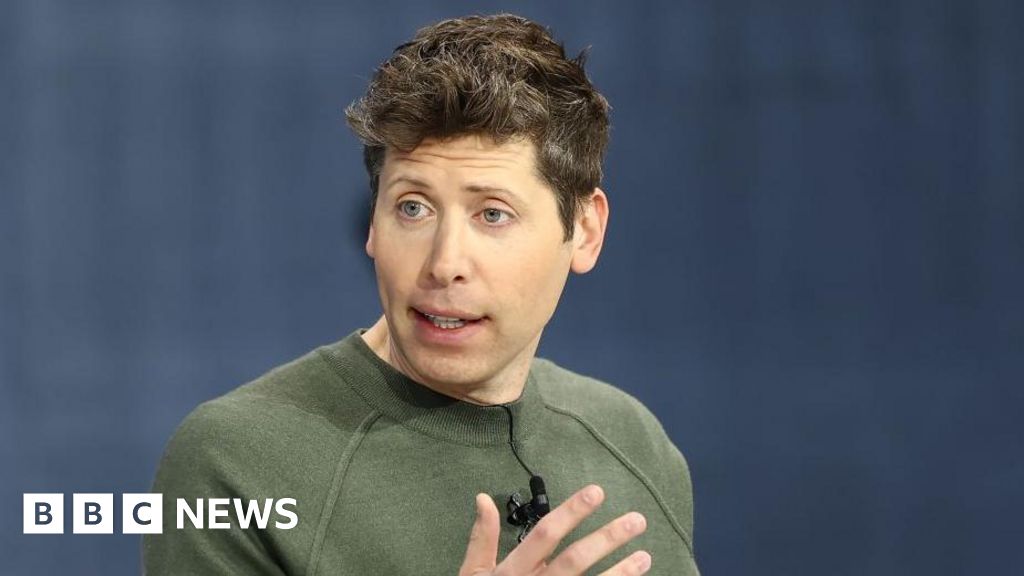
Krot_Studio / Shutterstock
Soft power is a term that is notoriously difficult to grasp resulting in being often misinterpreted and misused. The concept is often equated to cultural power, as the appeal of a country to foreign audiences in the form of lifestyle, cuisine, fashion, music, movies, and more. Although reductive, this interpretation gets to the general public. More precisely, Joseph Nye, the scholar who coined the term, describes it as “the ability to obtain preferred outcomes by attraction rather than coercion or payment.” This is hardly straightforward, and it may also be an overly positive way to understand dynamics surrounding the power of attraction. Soft power is not inherently good or bad, it is still a form of power that can be misused and abused. How does AI – as large language models (LLMs) such as ChatGPT – understand soft power? And why this question is more meaningful than it first appears.
These models rely on the information that is ‘out there’ (i.e., the Internet), hence they generally combine and summarize already available knowledge, but they are currently less effective in creating new ideas. However, when pushed beyond parroting definitions found in the literature, they can reveal insightful patterns resulting from the discourse surrounding the term, as a form of ‘collective knowledge’ and understanding of this elusive concept. In other words, LLMs can quickly connect the dots, and the results, as this article aims to show, can be as insightful as concerning.
After a first attempt to ask some commonly available AI platforms (i.e., OpenAI’s ChatGPT, Google’s Gemini, Microsoft’s Copilot, and Perplexity) to define soft power and being given slight variations of Nye’s definition, I prompted them with the line: “Provide a speculative definition of soft power that is not found in the literature.” Acknowledging that I am by no means a prompt expert and this question could have been asked in a variety of more nuanced and precise ways, the results were still quite revealing.
To ChatGPT, soft power
can be seen as the passive magnetism a state or entity exerts, rooted in its cultural, ideological, and policy-based appeal, which subconsciously shapes the aspirations, identities, and preferences of other actors over time. This form of influence, unlike coercion or persuasion, operates at a latent level, embedding itself in the emotional and psychological frameworks of societies, fostering alignment through admiration and emulation rather than deliberate strategy or direct interaction. Soft power is more subtle, diffused, and emotionally resonant, almost like background influence that seeps into the consciousness of other states or peoples over time and can be so ingrained that it isn’t actively recognized or debated by those who are influenced.
To Gemini, soft power is
the ability of a country or entity to shape the global narrative through the strategic manipulation of information and perception. It is a form of influence that transcends traditional diplomacy and relies on shaping how others see and understand the world. This definition suggests that soft power is not merely about attraction or persuasion, but also about controlling the information environment and manipulating perceptions. It implies a more active and aggressive approach to influence, potentially blurring the lines between diplomacy and covert operations.
To Copilot, soft power
can be understood as the subtle orchestration of cultural and ideological resonance that aligns the intrinsic values and aspirations of different societies, creating a harmonious influence that transcends traditional diplomatic and economic interactions. This form of power leverages the emotional and psychological connections between people, fostering a sense of shared destiny and mutual respect that naturally guides international cooperation and understanding.
Finally, to Perplexity – a more factual and sources-centered platform – soft power
can be conceptualized as a dynamic ecosystem of influence, where the interplay of cultural narratives, social media engagement, and transnational networks creates a fluid space for persuasion and attraction. Soft power is not merely the ability to attract or co-opt but a continuously evolving system that adapts to the shifting preferences and values of global audiences. This ecosystem thrives on the reciprocal relationships formed between actors–be they states, organizations, or individuals–where influence is cultivated through shared experiences, emotional resonance, and mutual understanding.
However, it warns that “this definition also implies that soft power can be both a tool for collaboration and a potential source of conflict, as competing narratives vie for attention and allegiance in an interconnected world.”
Although none of the above completely redefines the term, there are several takeaways, whether shared or unique. To begin with, the psychological factor is strongly present, emphasizing the subconscious level and how perceptions can be (strategically) manipulated in a variety of ways, leaning towards what has been labeled deceptive ‘sharp power.’ Relatedly, the narrative aspect – found in the literature – is prominently featured highlighting how controlling it can lead to favored outcomes, but also to conflicts. Interestingly, two LLMs mention how soft power “transcends” traditional diplomacy, although in one case it is likened to covert operations, an uncommon linkage. Notably, these definitions not only push the boundaries of soft power beyond attraction and persuasion but also underline concerning manifestations of it. These are not new, but they can reflect a growing sentiment found in the information ‘out there’ (i.e., the Internet): soft power is increasingly abused to seduce and deceive instead of a more benign and genuine promotion and elevation of oneself. Regarding relatively novel aspects, “passive magnetism” draws upon attraction and appeal, but implies that it cannot be cultivated as it is a form of “background influence,” somehow belittling proactive strategies to pursue it, as public diplomacy. This is hardly the case, but it somehow links to alarming covert agendas, present but not acknowledged. The understanding of soft power as a “dynamic ecosystem of influence” is even more innovative, but perhaps not that useful to shed the term’s abstract aura that makes it difficult to grasp. That said, this interpretation challenges the need for oversimplification, in line with recent attempts to “unlock the whole of soft power” through quantum IR analysis, suggesting instead to embrace its complexity.
To conclude, this brief piece aimed at showing how LLMs can provide a snapshot of the sentiment of the time in relation to the understanding of specific concepts and phenomena, while also having the potential to highlight some novel patterns and perspectives. In the case of soft power, it seems that concerning covert abuse and manipulation of narratives are becoming more prominent. It is up to leaders and policymakers to embrace or resist this trend, while keeping in mind that the vast majority of successful soft power stories originated from genuine dynamics of attraction, not deceiving ones.
Further Reading on E-International Relations
About The Author(s)
Daniele Carminati is a lecturer in International Relations and Diplomacy at the Beijing Foreign Studies University and holds a PhD in International Relations from the City University of Hong Kong. His research interest revolves around the sociocultural, economic, and political implications of globalization in East and Southeast Asia with a particular focus on soft power dynamics. Daniele is also a former commissioning editor at E-International Relations.
Before you download your free e-book, please consider donating to support open access publishing.
E-IR is an independent non-profit publisher run by an all volunteer team. Your donations allow us to invest in new open access titles and pay our bandwidth bills to ensure we keep our existing titles free to view. Any amount, in any currency, is appreciated. Many thanks!
Donations are voluntary and not required to download the e-book - your link to download is below.

 Movie
Movie 2 months ago
37
2 months ago
37 






![Presidents Day Weekend Car Sales [2021 Edition] Presidents Day Weekend Car Sales [2021 Edition]](https://www.findthebestcarprice.com/wp-content/uploads/Presidents-Day-Weekend-car-sales.jpg)



 English (United States)
English (United States)